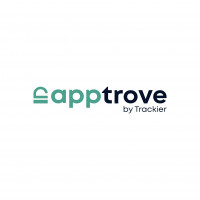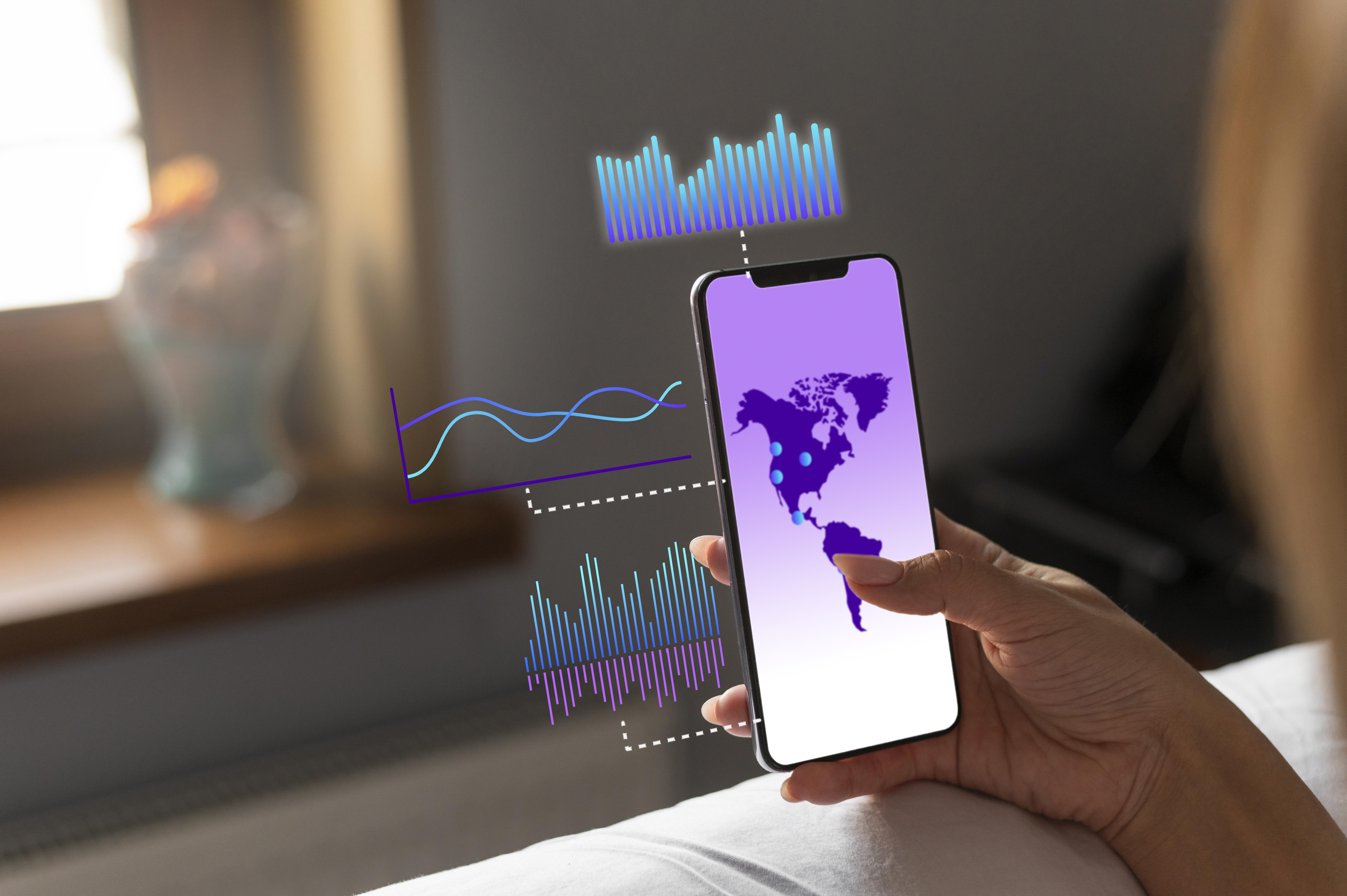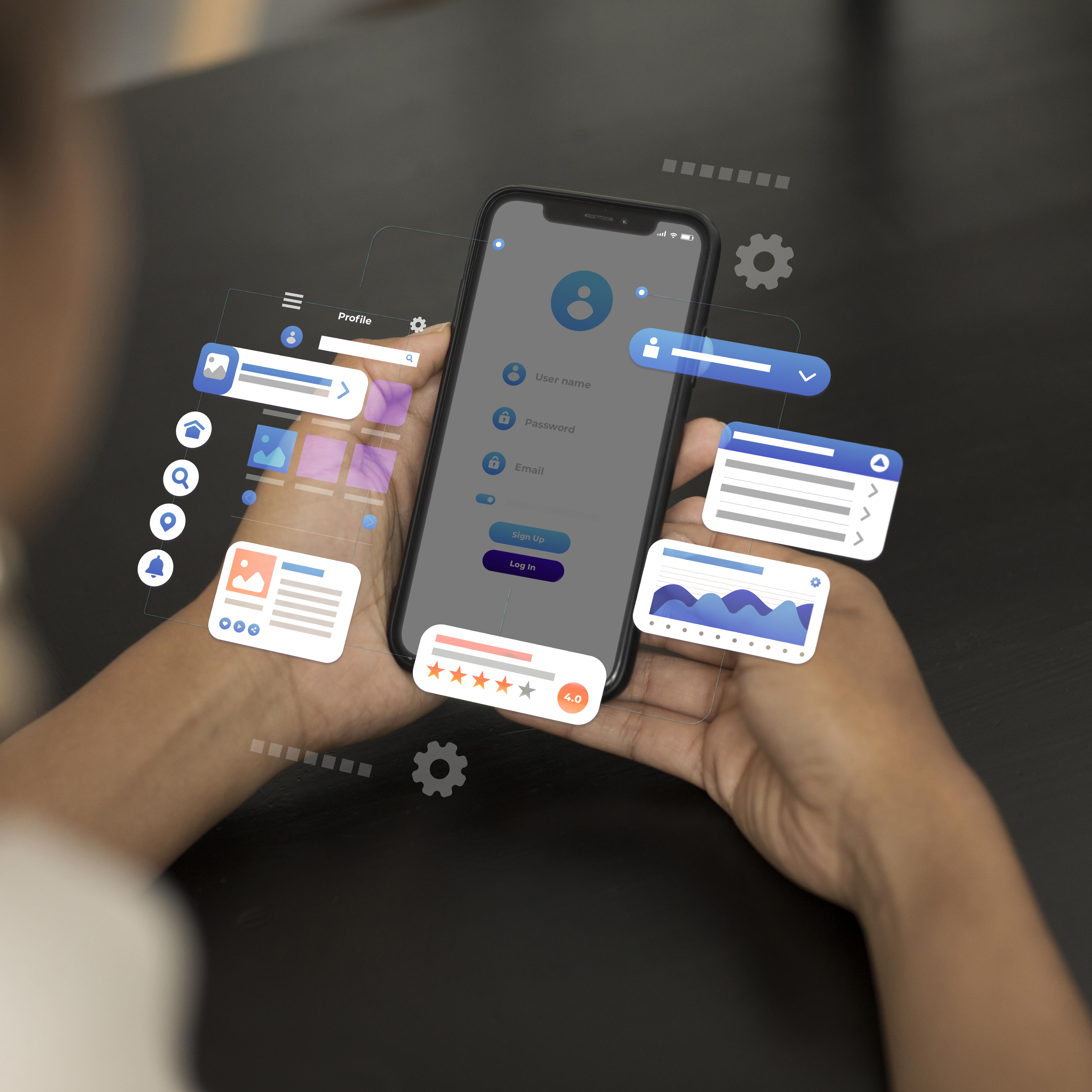What is Mobile Analytics? The Complete Guide

Strong 8k brings an ultra-HD IPTV experience to your living room and your pocket.
Mobile analytics or mobile app analytics, is a comprehensive practice encompassing data collection, analysis, and interpretation. It involves gathering, examining, and understanding how users interact with your mobile application. It helps to identify and monitor the right metrics helping teams to evaluate the consequences and benefits of their decisions.
Utilizing mobile analytics—gathering real-time insights and implementing improvements—is often business-critical. It can help encourage more users to download your app, track app usage and user experience, and keep users engaged for longer, promoting return sessions. You can make use of a mobile marketing partner for assistance in these tasks and keep you work smooth and hassle-free.
The Components of Mobile Analytics
Data Collection
Data collection is the first step in mobile analytics. It involves gathering data on how users interact with your app. This can include metrics such as the number of downloads, user demographics, session lengths, in-app behaviors, and more.
Various tools can automate this process, embedding analytics code into your app to track and log user actions in real-time.
Data Analysis
Once data is collected, it needs to be analyzed. Data analysis involves examining the raw data to uncover patterns, trends, and insights. This process can help identify which features are most popular, where users encounter difficulties, and how different segments of users behave. Analytical tools can help automate this process, offering visualizations and reports to make the data easier to interpret.
Data Interpretation
The final step is data interpretation, where the insights gained from analysis inform decision-making. This involves understanding the implications of the data and deciding how to act on it. For example, if analysis shows that a particular feature is rarely used, consider removing it or redesigning it to be more user-friendly. Similarly, if certain ads cause higher bounce rates, you can adjust your advertising strategy accordingly.
Examples of Mobile Analytics
Mobile analytics covers a wide range of metrics. Some common examples include:
Advertising KPIs: Measures the effectiveness of your advertising campaigns.
Web Analytics: Tracks user behavior on your app’s web versions.
Funnel Analysis: Examines the user’s steps from entering the app to completing a desired action.
App Performance and Usage: Monitors how well the app performs and how users interact with it.
Heatmaps: Visual representations of where users click, tap, or scroll the most.
Retention Rates: Measures how many users return to the app over time.
Click-Through Rates: Tracks the number of clicks on specific elements within the app.
Conversion Rates: Measures how many users complete a desired action, such as purchasing.
Response Rates to Push Notifications and Marketing Campaigns: Evaluate the effectiveness of your outreach efforts.
The Importance of Mobile Analytics
Mobile analytics provides companies with insights into user behaviors and preferences that were previously inaccessible. These insights can help refine your product based on actual user interactions. For example, analytics can reveal which features are underused, and which can be improved, or even removed. Identifying pain points can also help reduce user frustration and decrease app deletions.
Modern analytics tools offer unified dashboards that collect data, conclude, make predictions, and visualize trends automatically. This makes it easier for teams to collaborate and make data-driven decisions in real-time.
Mobile Analytics vs. Web Analytics
While mobile analytics focuses on data from mobile apps, web analytics gathers information from both desktop and mobile websites. Some metrics are specific to mobile apps, such as in-app behavior and demographics, while others apply to web analytics, like online ads and SEO. Understanding these differences is crucial for leveraging the right data for your app’s success.
How Mobile Analytics Work
Integrating proprietary analytics code into your app makes data gathering easy and scalable. These programs report valuable insights to a centralized dashboard while anonymizing user information to protect customer privacy. Real-time data collection and visualization enable teams to stay informed and make decisions collaboratively.
Types of Mobile Analytics
Different businesses require different types of data. Understanding your needs and goals will help you choose the right mobile analytics platform. Here are some common types:
Mobile Advertising Analytics: Measures consumer engagement with your ads.
App Monetization Analytics: Tracks revenue from in-app purchases, advertising, and premium features.
Performance Analysis: Identifies bugs, crash reports, and performance issues.
In-App Engagement Analytics: Examines user interactions to identify bottlenecks and optimize valuable parts of the app.
Using Mobile Analytics Across Teams
Different departments within a company use mobile analytics differently:
Product Teams: Use analytics to make informed decisions about product lines and customer targeting.
UI/UX Teams: Track user engagement to improve design and user experience.
Technical Teams: Identify and fix bugs and performance issues.
Marketing Teams: Analyze campaign effectiveness and optimize user acquisition strategies.
Bottom Line
Mobile analytics is a vital tool for understanding user behavior and optimizing your app’s performance. By collecting, analyzing, and interpreting data, you can make informed decisions that improve user experience, increase engagement, and boost your bottom line. With the right analytics tools, you can stay ahead of the competition and ensure your app meets the evolving needs of your
Note: IndiBlogHub features both user-submitted and editorial content. We do not verify third-party contributions. Read our Disclaimer and Privacy Policyfor details.







